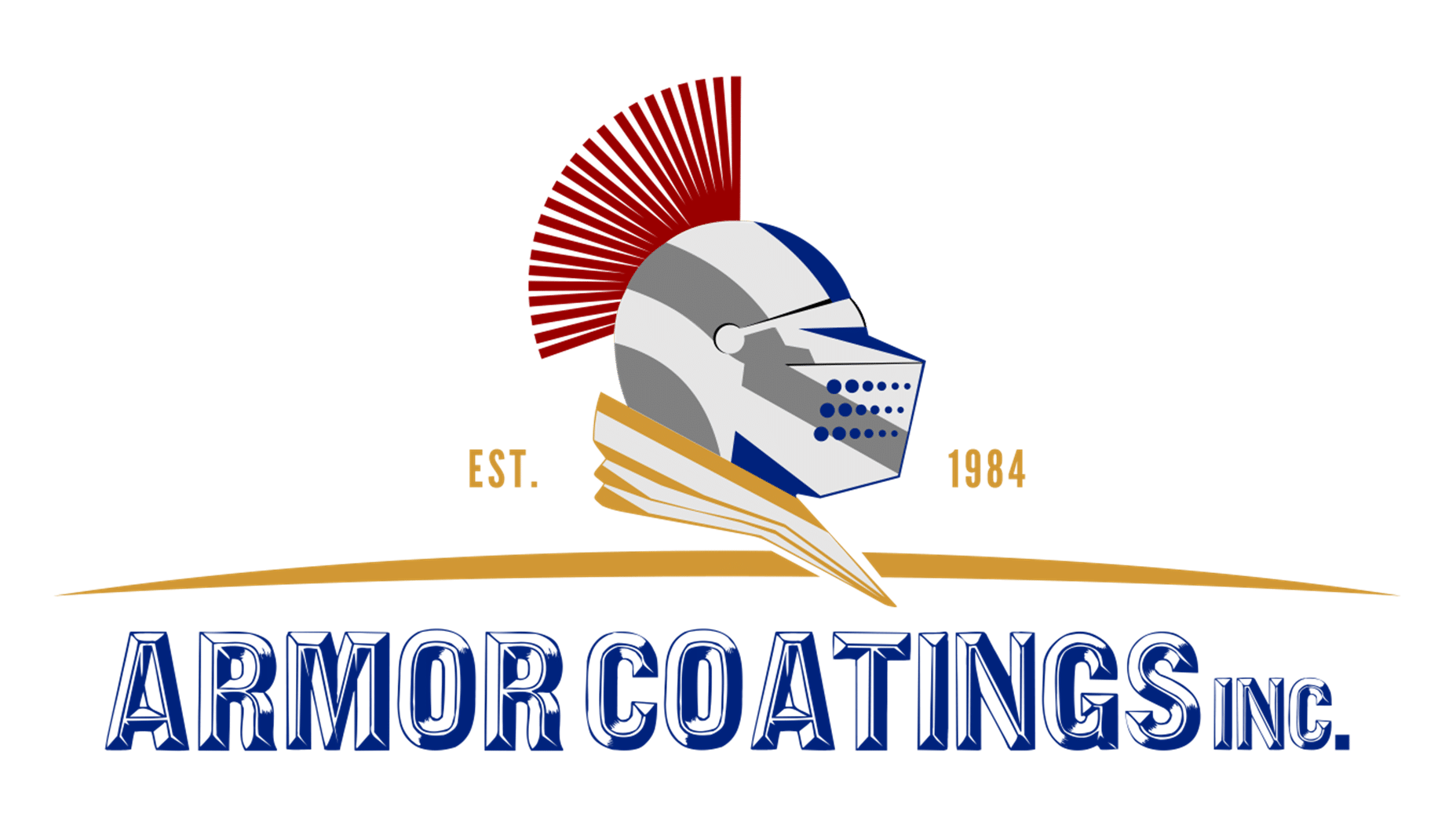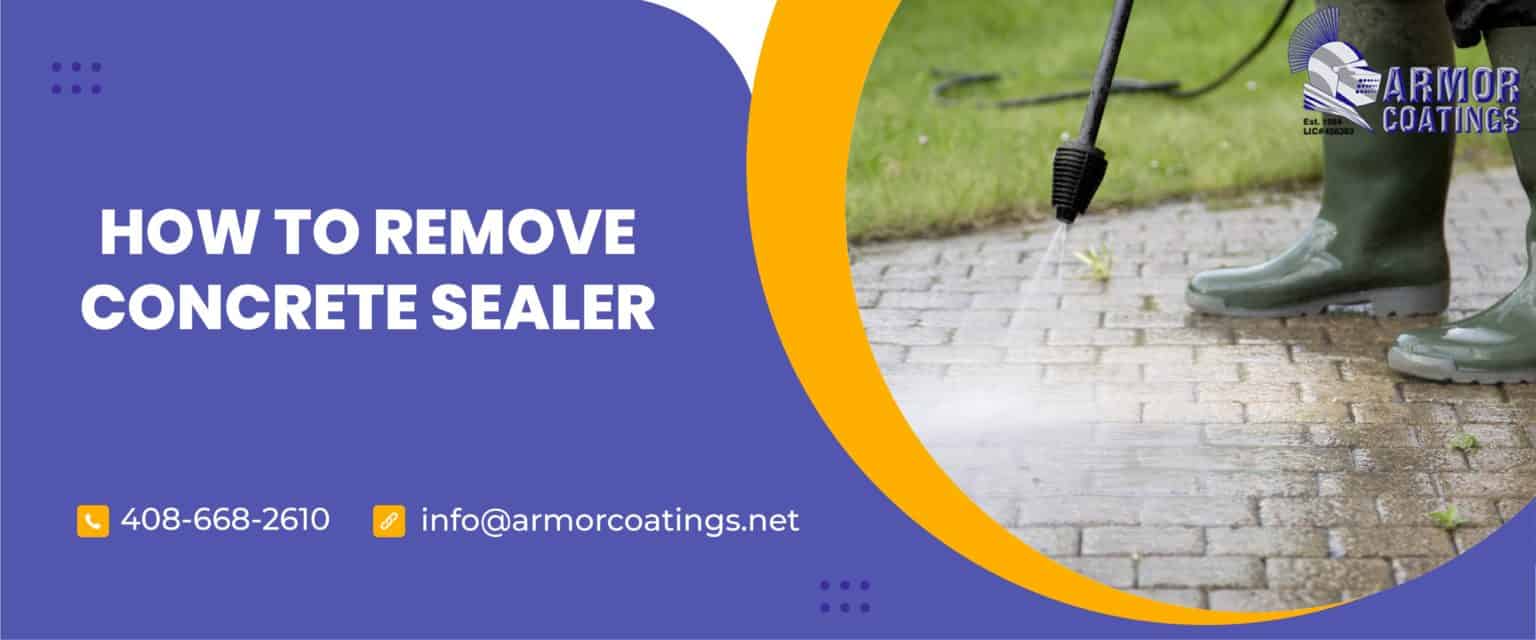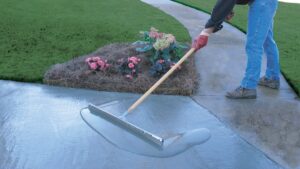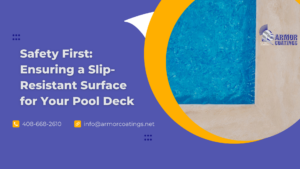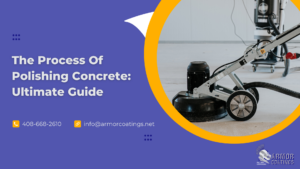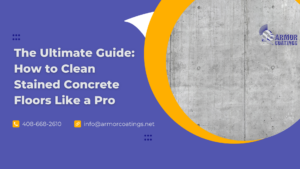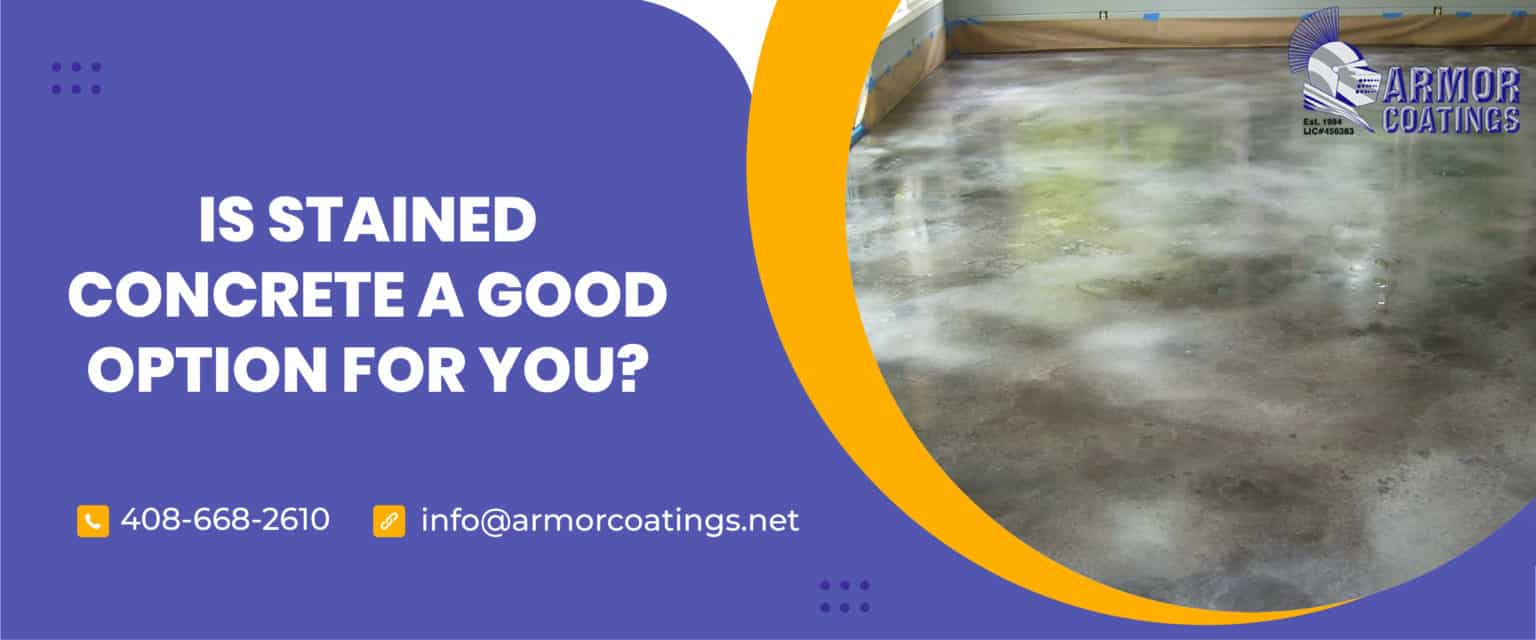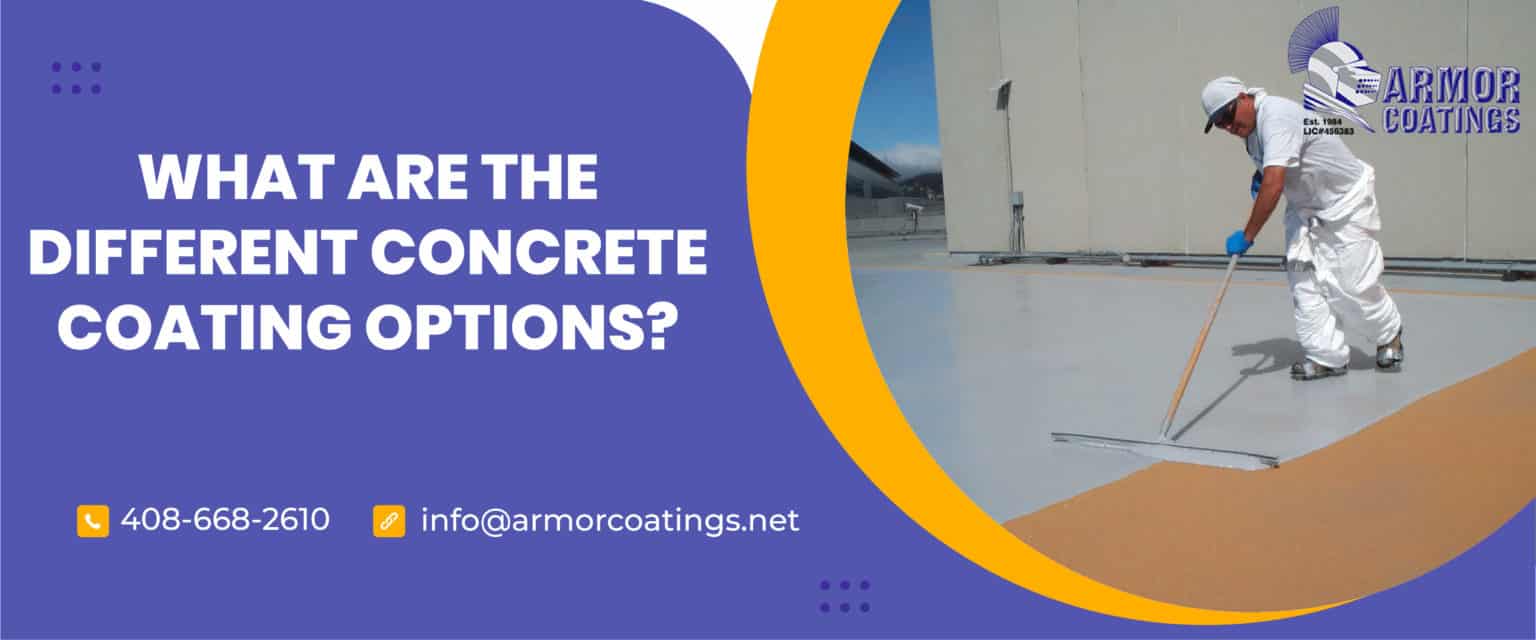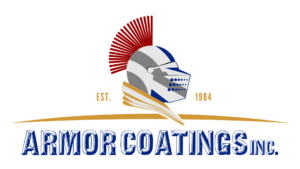When a concrete surface is exposed to damaging elements, the sealer begins to peel off and the original appeal dwindles. Unlike staining concrete that penetrates into the concrete, surface sealers wear out over time and thus require periodic reapplication. If your sealed concrete floor has seen better days characterized by flaking and fading, you should consider replacing it. But before reapplication, you have to remove the old sealer for the new one to adhere perfectly to your concrete. But do you know how to remove the concrete sealer?
Removing concrete sealers shouldn’t be challenging even though most of them give off a strong smell. You can remove the sealant either mechanically or chemically. Here are a few simple steps on how to go about it.

How to Remove Concrete Sealer
The type of sealer you have determines how you’ll remove your sealer. So, the first step is knowing whether it is an acrylic, enamel, or polyurethane sealer. Solvent-based strippers are perfect for thick and high-performance sealers. They can help you remove epoxy-based and polyurethane sealers efficiently and faster.
Caustic and biochemical strippers are ideal for thinner coatings like enamels and acrylics. It is important to match the strength of the stripper you choose to the type of sealer or coating you intend to remove. That way, you easily get your sealer.
Here are the simple steps to follow when removing concrete sealer:
- Begin by removing loose flakes using a scrub brush.
- Sweep the floor to remove the dry flakes.
- If you are using an acid seal remover like muriatic acid, dilute it as directed by the manufacturer to reduce the potential danger it might cause to you.
- Use a hand sprayer to apply your concrete sealer remover and allow it time to soak into the sealer. Different sealer removers take different durations to corrode sealant.
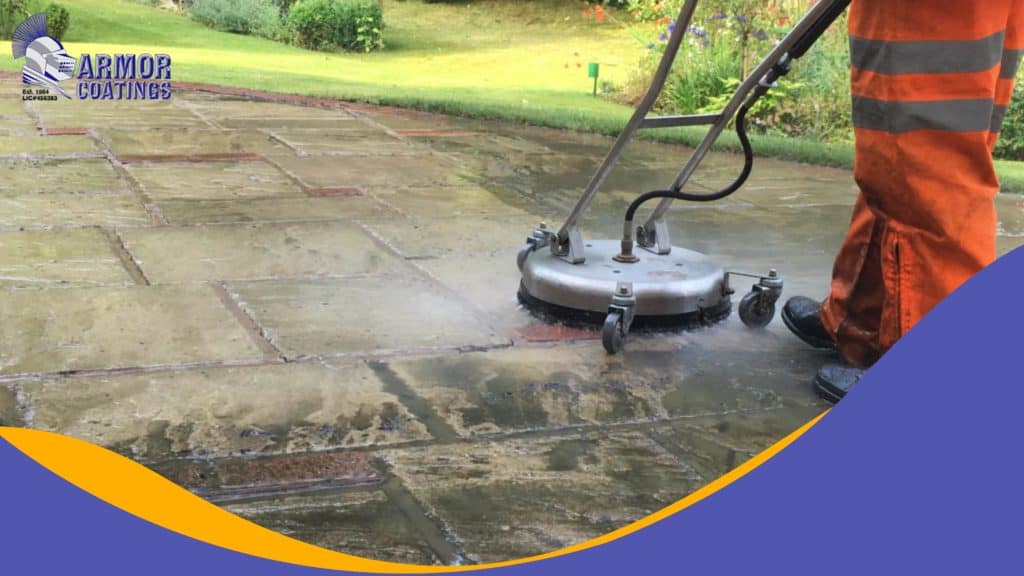
Solvent-based strippers take less time to react with sealer. Caustic and biochemical strippers may take a little longer. Make sure you understand what you are using and the product recommendations to avoid messing up.
- Scrub the surface in circular motions with a nylon stiff-bristled brush.
- Use hosing to clean the floor. You want to do this moving towards the exit from the furthest corner to simplify the process.
- Check any areas that still have the sealer and spray them with your concrete sealer remover again. Repeat the process until there are no sealer traces left on the floor.
- Acid sealer removers require neutralization to avoid bodily harm to the users. Use baking soda to neutralize the acid. Be sure to read the product guide for instructions on how to use it. Hose down the floor thoroughly after neutralization to remove all residue.
Note: Exercise extreme caution when working with concrete sealer removers. Inhaling excessive fumes from methylene-chloride-based chemical strippers can result in fatal health complications. Ensure you wear proper protective gear before handling the chemicals. Wear a respiratory mask, acid-proof gloves, and protective goggles while removing your concrete sealer. Better still, seek help from professionals.
Chemical Strippers for Removing Concrete Sealers and Coatings
Chemical strippers for removing concrete sealers and coating fall under three categories. These are:
- Solvent-based
- Caustic
- Biochemical
Solvent-based Strippers
This type of concrete strippers have a quick work rate hence widely used. They come in varieties. For instance, we have dibasic esters and N-methyl pyrrolidone. Do not expose solvent strippers to wind or heat because they evaporate fast. For better results, use them when the weather is calm. Be careful when using solvent strippers because they are so irritant to the skin.
Caustic Strippers
Caustic strippers are alkaline and have a high PH, and are less harmful to work with. However, they are not the best for the removal of epoxy or acrylic coatings. Use them on latex or enamel coatings. They remain active for long even after removing them from concrete. So, dispose of them properly to avoid reaction with other chemicals.
Biochemical Strippers
Biochemical strippers continue to gain popularity because they are derived from plants and are eco-friendly. Besides, they are a breeze to work with and do not have a strong smell like the rest. Their downside is a lower reaction with coatings. They can even take more than a day to remove thick coatings.
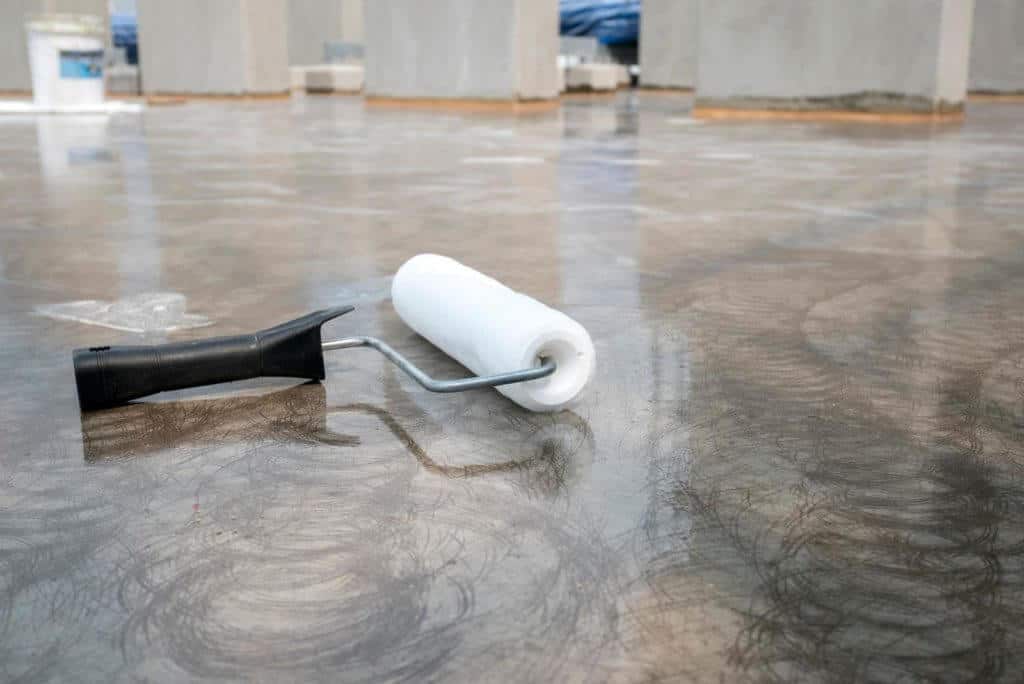
Sealer Removal Methods
There are two methods used to remove concrete sealers. These are the chemical and mechanical methods. The chemical method involves the use of chemical strippers, as we have already discussed above.
Mechanical sealer removal on the other hand entails using tools. You can blast, grind, or sand your floor to remove the sealer. However, the mechanical method isn’t the easiest because it consumes time and is labor-intensive. Besides, it can damage concrete when the workers behind the tools are less careful.
We’re Here for All Your Concrete Installation and Coating Needs.
For over a decade now, Armor Coatings has been in the concrete installation and coating service provision industry. We deliver modern custom concrete flooring solutions that match the unique requirements of both residential and commercial spaces in these locations including Cupertino & San Jose.
If you look to remove concrete sealer and stain your concrete, think Amor Coatings. We promise to perform a satisfactory work at a pocket-friendly cost. When it comes to installing new concrete floors or simply improving the look with an epoxy coating, we’ve got you covered. We give free quotation for all projects. Call us today, and let’s see how to help you.
